Understanding Dangerous Goods Class 1: Explosives
At ORP DG PRO, we’re committed to promoting safety and awareness around the handling, transport, and storage of dangerous goods. One of the most critical categories to understand is Dangerous Goods Class 1: Explosives.
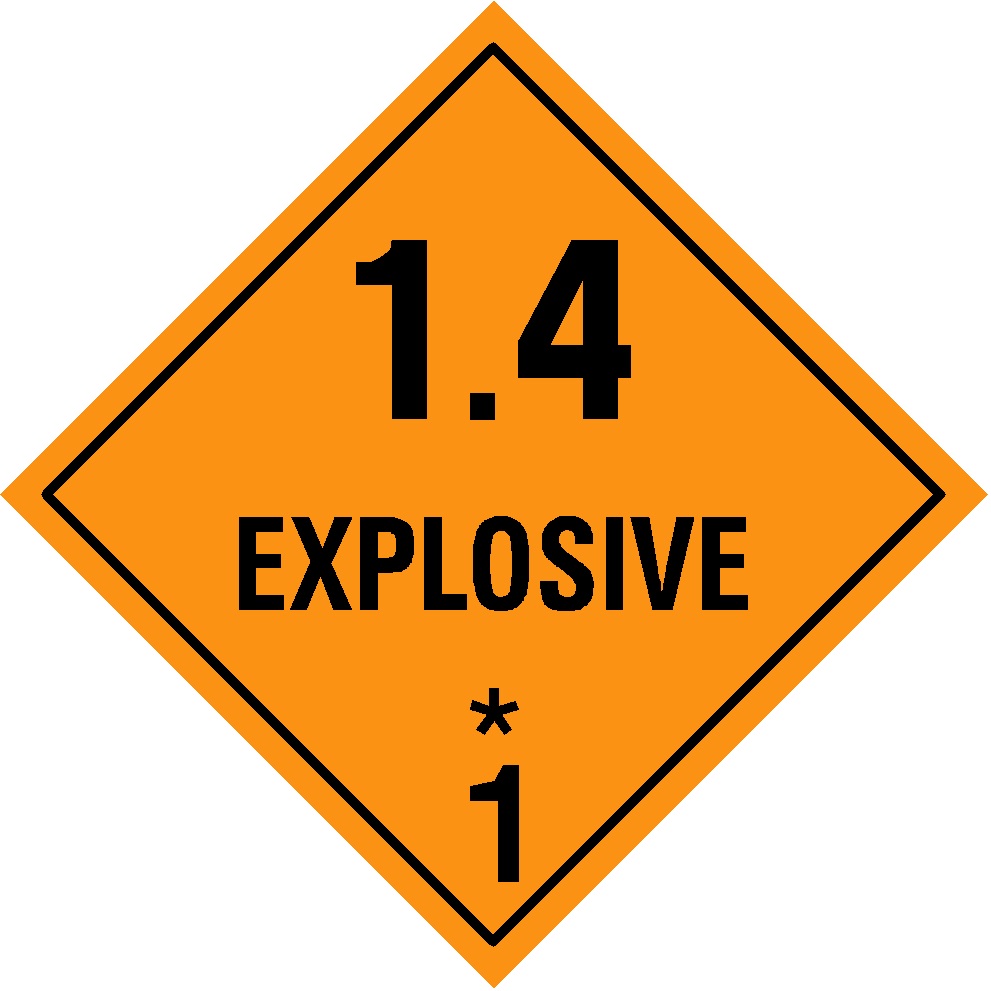
This blog post provides a clear and concise overview of what Class 1 dangerous goods are, their characteristics, and why they require specialised care.
What Are Dangerous Goods Class 1?
Dangerous Goods Class 1 refers to explosives — substances or articles that can cause explosions, pyrotechnic effects, or other hazardous reactions. These materials are highly reactive and pose significant risks if not managed properly. Explosives are used in various industries, including mining, construction, defence, and entertainment (e.g., fireworks), but their potential for harm demands strict regulation and handling protocols.
Class 1 is part of the United Nations’ globally recognised system for classifying dangerous goods, as outlined in frameworks like the Australian Dangerous Goods (ADG) Code. These goods are divided into six divisions based on the type of hazard they present.
Divisions of Class 1: Explosives
The six divisions of Class 1 dangerous goods describe the specific risks associated with different types of explosives:
Division 1.1
Substances and articles with a mass explosion hazard. These can cause widespread damage, such as dynamite or TNT.
Division 1.2
Substances and articles that pose a projection hazard, where fragments may be thrown during an explosion, like certain types of ammunition.
Division 1.3
Substances and articles with a fire, blast, or projection hazard, such as some fireworks or rocket propellants.
Division 1.4
Substances and articles presenting no significant blast hazard, with effects largely confined to the package, like small arms ammunition or consumer fireworks.
Division 1.5
Very insensitive substances with a mass explosion hazard, requiring a strong initiating force to detonate, such as certain blasting agents.
Division 1.6
Extremely insensitive articles with no mass explosion hazard, typically used in specialised applications like military ordnance.
Each division is assigned a compatibility group (labelled A to S) to ensure safe storage and transport by indicating which explosives can be safely combined.
Common Examples of Class 1 Dangerous Goods
Fireworks (Divisions 1.3 or 1.4)

Ammunition (Divisions 1.2 or 1.4)
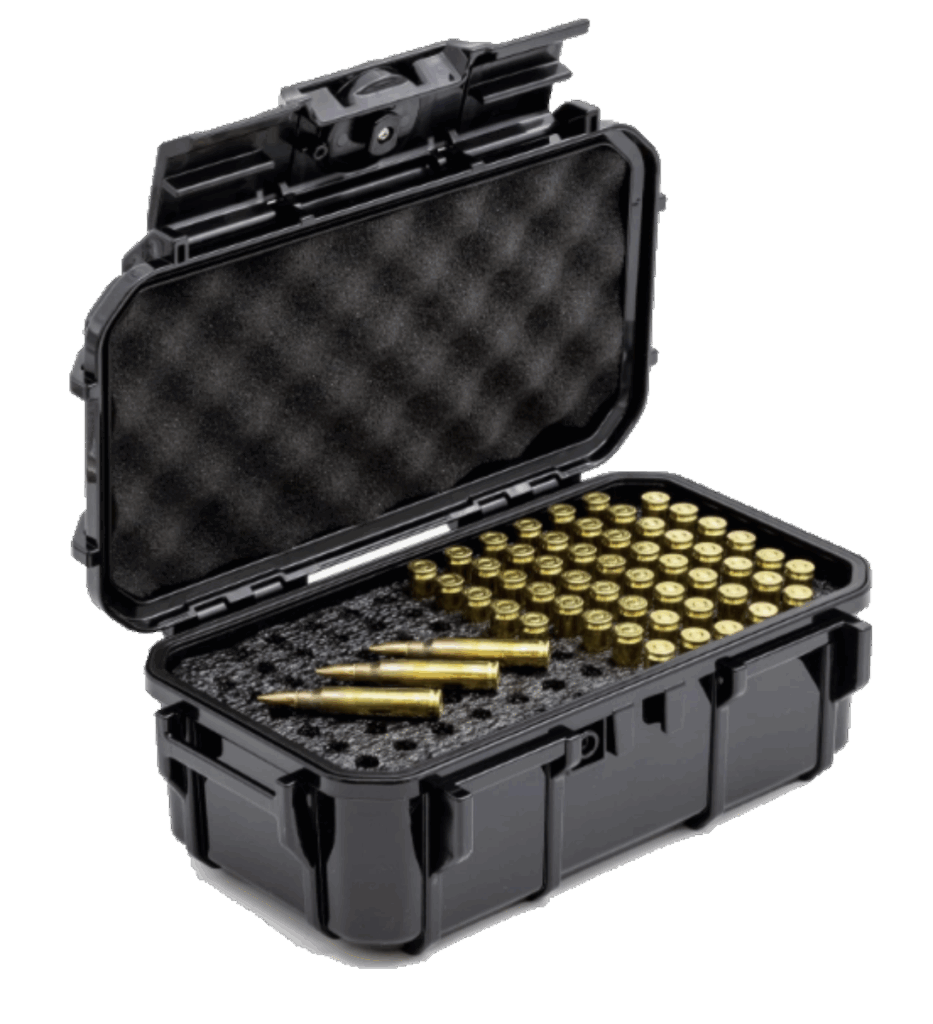
Blasting explosives like dynamite or nitroglycerin (Division 1.1)
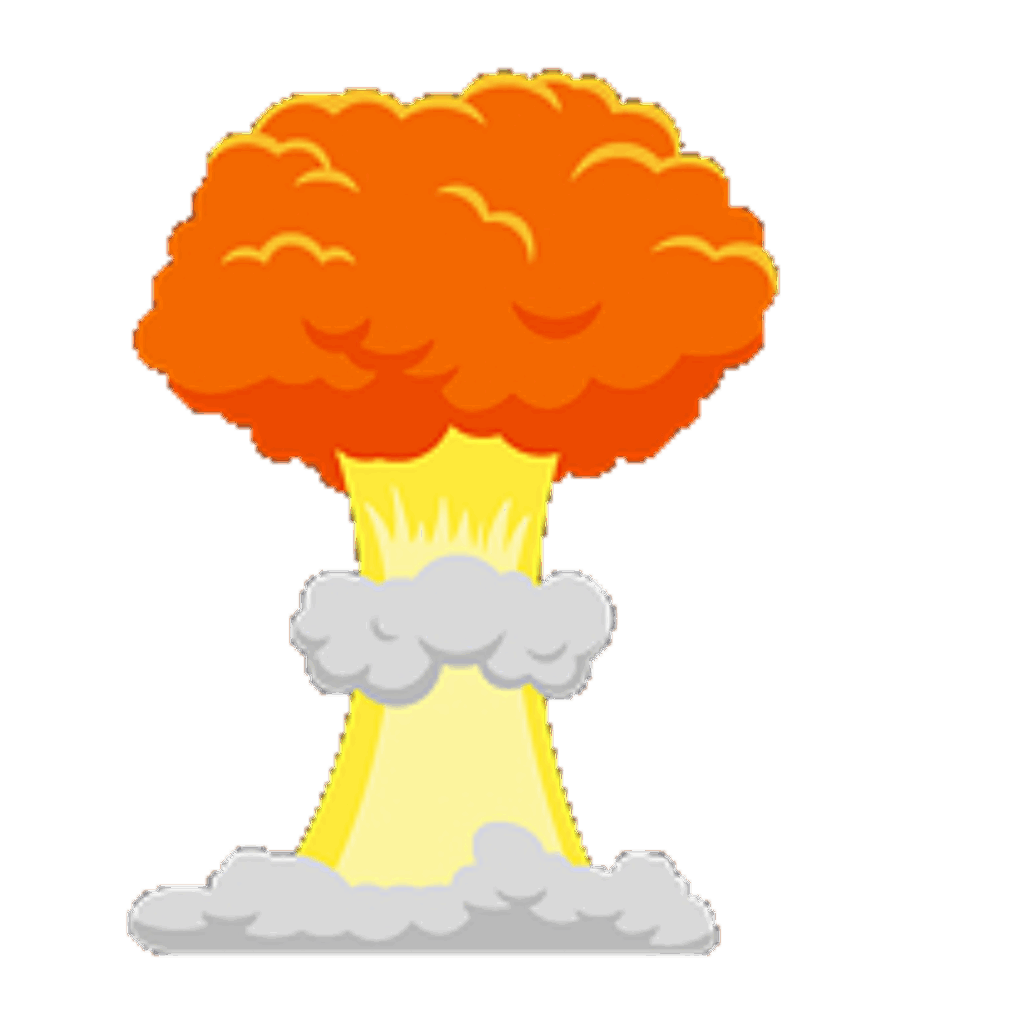
Detonators (Division 1.4)
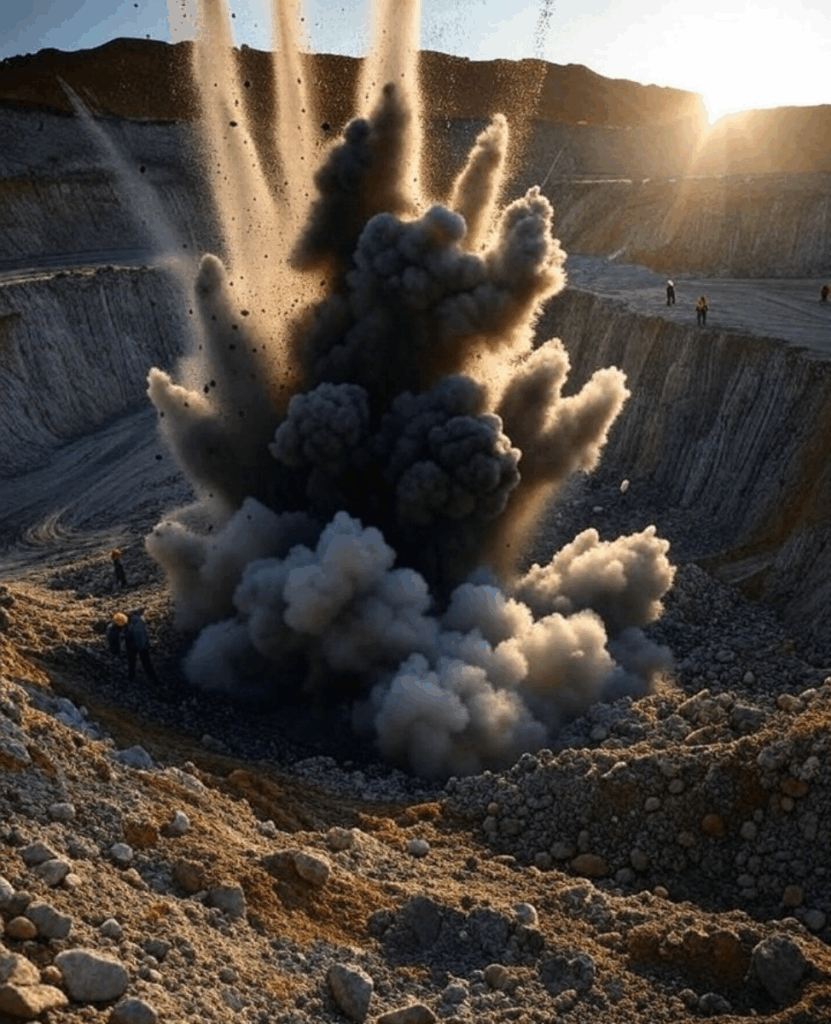
Rocket propellants (Division 1.3)

Airbag inflators (Division 1.4)
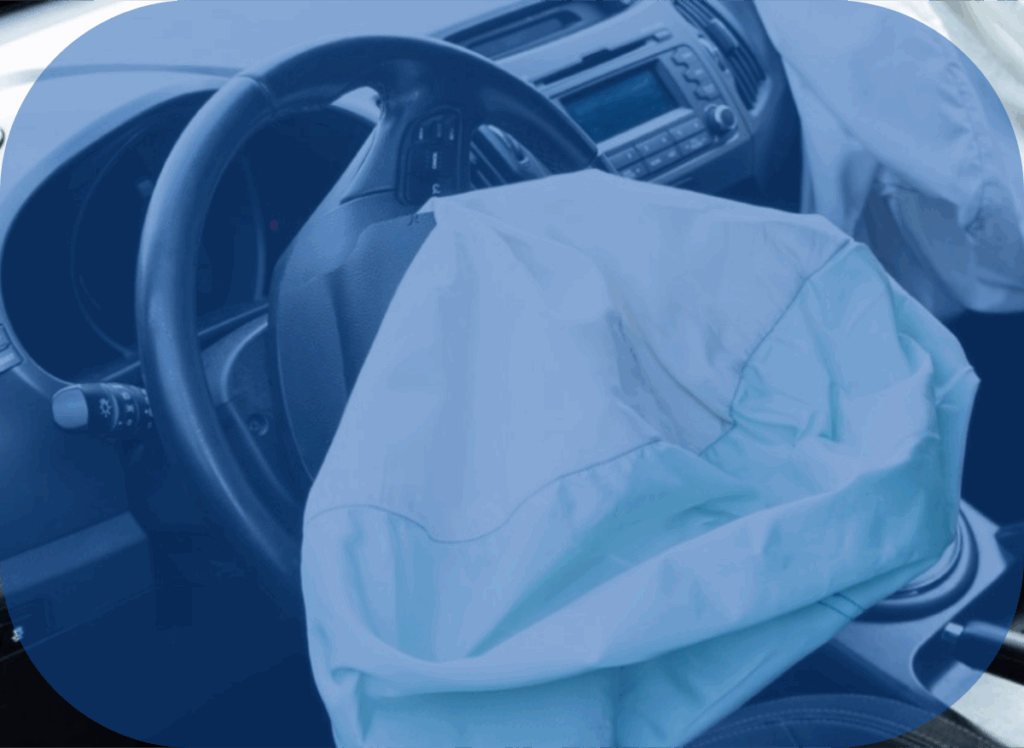
Why Are Class 1 Explosives So Strictly Regulated?
Explosives are inherently unstable and can be triggered by heat, shock, friction, or even static electricity. Mishandling can lead to catastrophic consequences, including loss of life, property damage, and environmental harm. For this reason, Class 1 goods are subject to stringent regulations under frameworks like the ADG Code, Work Health and Safety (WHS) laws, Explosives Regulations, and international standards.
Key safety measures include:
Proper labelling and packaging
Explosives must be clearly marked with hazard symbols and UN numbers.
Specialised transport
Vehicles carrying Class 1 goods must meet strict requirements, including placarding and driver training.
Secure storage
Explosives must be stored in licensed facilities with controlled access and fire-resistant designs.
Trained personnel
Only qualified individuals with specific training should handle these materials.
How ORP DG PRO Can Help
At ORP DG PRO, we specialise in dangerous goods compliance, training, and consulting. Whether you’re a business handling explosives or an individual seeking to understand the risks, we offer:
- Consulting Services: ensure your operations comply with local and international regulations.
- Risk Assessments: identify and mitigate hazards associated with explosives.
- Label Supply: check out our range of Class 1 Explosives Labels!
Our team is dedicated to fostering a culture of safety, helping you protect your workers, community, and environment.
Stay Safe, Stay Informed
Dangerous Goods Class 1 encompasses a wide range of explosives, each with unique risks and handling requirements. By understanding these materials and adhering to strict safety protocols, we can minimise risks and ensure safe operations.
For more information on handling Class 1 dangerous goods or to explore our consulting services, contact our team today. Let’s work together to keep safety first!
Check out our range of Class 1 Explosives Labels!
Always consult local regulations and seek professional guidance when dealing with dangerous goods.
